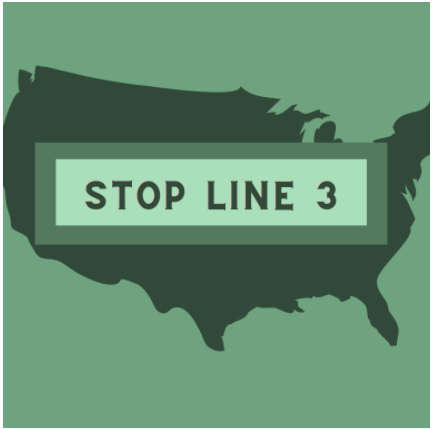
The water in our oceans, rivers and underground sources are key to life on Earth. The implantation of oil pipelines from fossil fuel companies causes toxic tar sands, leading to the contamination of viable water. Without direct action taken to stop these pipelines, our water and land will continue to be contaminated until it becomes permanently ruined.
Industry experts often say that pipelines are the safest method of oil transportation when compared to road or railway methods. The fact is that no method of oil extraction and transportation is truly safe or sustainable. Spills and leaks are shockingly common and impact humans and wildlife. The chemicals contained within crude oil are extremely harmful, containing known carcinogens such as benzene. When these spills occur in water sources, the consequences are disastrous for marine life as well as access to drinking water. These pipeline incidents are near impossible to prevent, as natural land movements, corrosion, flooding and aging lines can all cause leaks. A lack of proper government regulation also contributes to these issues. The Pipeline and Hazardous Materials Safety Administration (PHMSA) is small and largely ineffective in regulating oil pipelines, with a long history of caving to oil industry pressure rather than truly making decisions based on safety and public health. The record of pipeline incidents speaks for itself, as there have been at least 9,000 significant incidents of pipeline spillage within the last 30 years alone.
Currently, the installation of the new Pipeline 3 along the Mississippi River by the Canadian company Enbridge, continues to proceed despite protests from indigenous peoples and environmentalists. The history of the original pipeline, which remains in the ground today, shows the trail of destruction left behind by these toxic pipes, as it has already caused at least 24 oil leaks, with at least 16 of them being major oil spills.
The Kalamazoo River still contains vestiges of a major spill in 2010, despite the time passed and $1 billion spent on cleaning it. The process of installing a new pipeline will only worsen the situation, as it will extend the pipeline across the Mississippi River (crossing it twice) and destroy a piece of land the size of Florida to extract tar sands oil. The construction of the pipeline has already removed billions of gallons of water from the Mississippi River, creating a record low water level. The current pipeline will remain abandoned in the water, risking further corrosion and spillage.
The location of Pipeline 3’s construction itself will also cause untold damage. The pipeline crosses indigenous territory protected under treaties, specifically the Ojibwe and Anishinaabe territory. The rights of indigenous people to live off of the land peacefully is protected under U.S. law. Line 3 will contaminate at least 20 wild rice lakes, a sacred food source for many indigenous people, and the pollution may also affect the health of indigenous people living near the line.
It is crucial to continue to apply pressure on the government to put a stop to this toxic pipeline, and protect indigenous land and our environment. This pipeline is estimated to eventually cost society $287 billion in climate change related costs, showing the dire consequences if it is not ended here. Stopping Line 3 is one important step towards a sustainable future for all.
